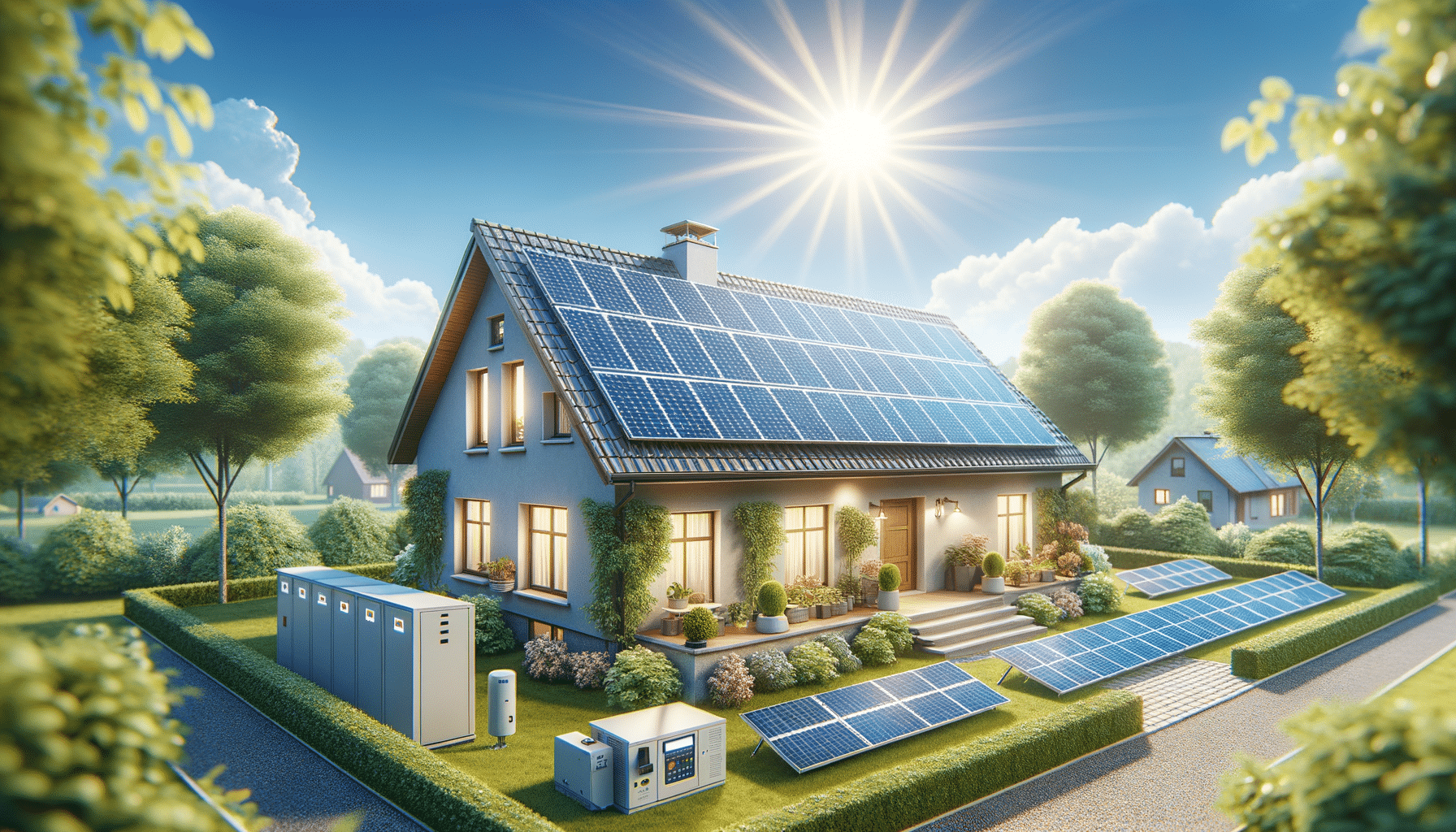
Harnessing the Sun: A Guide to Home Solar Power Systems
Introduction to Home Solar Power Systems
In an era where sustainability is more crucial than ever, home solar power systems have emerged as a popular choice for eco-conscious homeowners. By harnessing the sun’s energy, these systems offer a renewable and clean source of power that can significantly reduce electricity bills and carbon footprints. This article delves into the workings, benefits, and considerations of installing a home solar power system, providing valuable insights for those considering this green energy solution.
How Home Solar Power Systems Work
At the core of a home solar power system are photovoltaic (PV) panels, which convert sunlight into electricity. These panels are typically installed on rooftops to maximize sun exposure. The energy generated by the panels is direct current (DC) electricity, which is then converted into alternating current (AC) by an inverter, making it suitable for home use. Excess energy can be stored in batteries or fed back into the grid, depending on the system setup.
Key components of a solar power system include:
- Solar panels: Capture sunlight and generate electricity.
- Inverter: Converts DC electricity to AC electricity.
- Battery storage (optional): Stores excess energy for later use.
- Monitoring system: Tracks energy production and usage.
This setup allows homeowners to utilize solar energy efficiently, reducing reliance on traditional power sources and contributing to environmental conservation.
Benefits of Installing a Solar Power System
Adopting a home solar power system offers numerous benefits, both economically and environmentally. One of the most significant advantages is the potential for substantial savings on electricity bills. By generating their own power, homeowners can reduce or even eliminate their reliance on the grid, leading to lower monthly expenses.
Environmental benefits include:
- Reduction in carbon emissions.
- Decreased reliance on fossil fuels.
- Contribution to a sustainable future.
Moreover, many regions offer incentives such as tax credits and rebates for solar installations, making the initial investment more affordable. These financial incentives, combined with long-term savings, make solar power systems an attractive option for many homeowners.
Considerations Before Installing Solar Panels
Before committing to a solar power system, several factors must be considered to ensure it is a viable option. The first is the location and orientation of the home. Solar panels require ample sunlight, so homes with shaded roofs or in regions with limited sun exposure may not be ideal candidates.
Other considerations include:
- Initial cost and available financing options.
- Roof condition and available space for panel installation.
- Local regulations and permitting requirements.
- Potential maintenance and repair needs.
Conducting thorough research and consulting with solar professionals can help homeowners make informed decisions and optimize their solar power systems for maximum efficiency and savings.
Future of Home Solar Power Systems
The future of home solar power systems looks promising, with advancements in technology continually improving efficiency and affordability. Innovations such as solar roof tiles and more efficient battery storage solutions are making solar power more accessible and appealing to a broader audience.
As governments and communities increasingly prioritize renewable energy, support for solar initiatives is expected to grow. This trend, coupled with the decreasing cost of solar technology, suggests that more homeowners will embrace solar power in the coming years, contributing to a greener and more sustainable world.
In conclusion, home solar power systems offer a viable and environmentally friendly solution for reducing energy costs and carbon footprints. By carefully considering the factors involved and staying informed about technological advancements, homeowners can effectively harness the power of the sun for a sustainable future.


